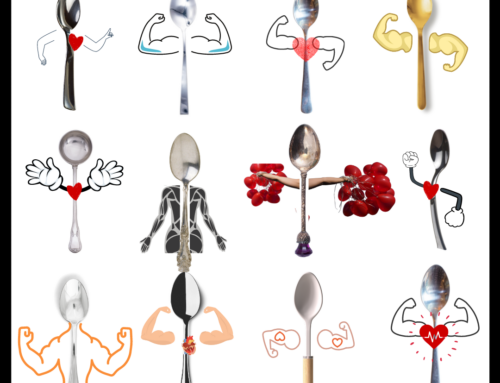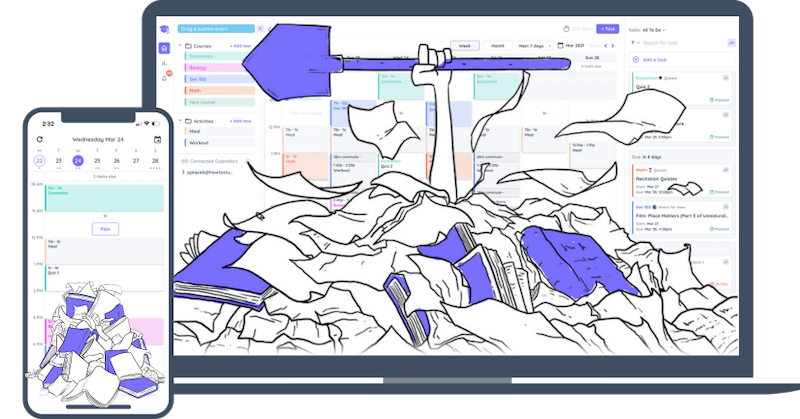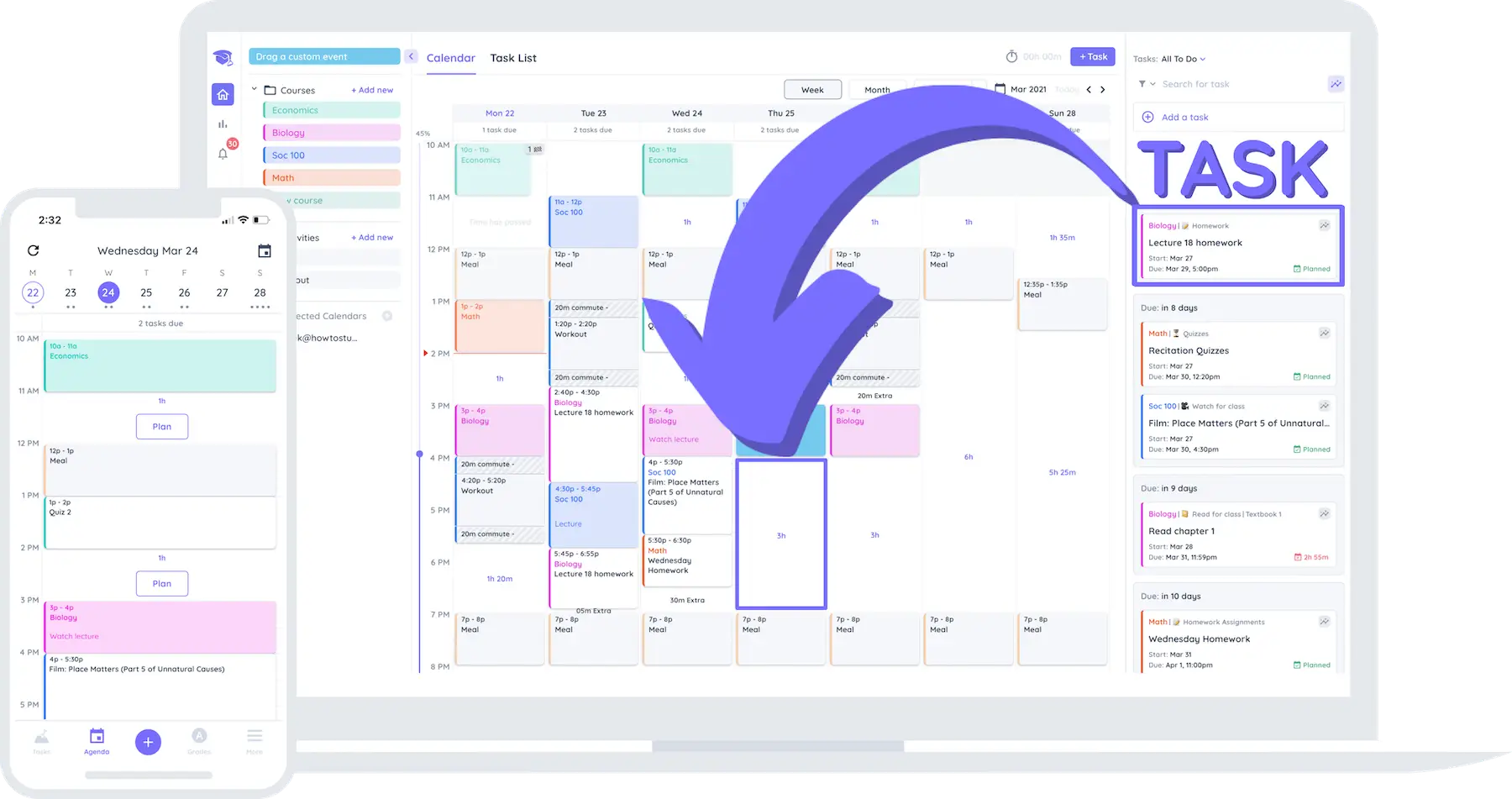A sense of anticipation fills the air as the leaves change to vibrant yellow and school buses circle up in the parking lots.
It’s a time when the slate can be wiped clean, like a fresh whiteboard, and new beginnings, like new notebooks are not only possible but encouraged. The air is crisp with the promise of autumn and pumpkin spice. Anticipation fills school hallways as students travel their new routines.
Fresh faces, looking just a little bit older, carry with them stories untold, a potential yet to be unlocked. The classrooms, adorned with bright posters and new materials, stand ready to become spaces of discovery and growth. We all get to try again at this thing called learning. This annual renewal invigorates students, parents, and teachers alike.
These first days of school are like opening a new book, each page brimming with possibilities. September is more than just the start of a new academic year; it’s a chance remember the communities of learning we want to build, to set goals that help us work together to build them, and to dream big, beyond what we think we can do on our own.
It’s a chance to reflect on past experiences and to innovate for the future. In these first weeks we lay the foundation for a year filled with growth, curiosity, and achievement.
With this inspiration in mind, what are the most important things you can do to capitalize on a new, fresh start?
Set aside time to create some expectations for what you want to accomplish this year as students, parents, teachers, and leaders.
- What is the vision of who you want to be this year in your role as a student, parent, teacher or leader?
- What are three goals you can set for the next 3 weeks through September, to get you closer to the vision you want to achieve? After brainstorming, make your 3 inspirational goals Specific, Measurable, Achievable, Relevant, and Time-bound.
- AND lastly but most importantly, each week when you plan your week, write your goals at the top of your page. Refer to your goals as you plan the actions you will take each week to achieve them.
Celebrate each small step forward and learn from every challenge along the way.
The three-step process you perform ON REPEAT will help you experience and embrace the idea that abilities and intelligence can be developed through dedication and hard work. That knowing yourself is more important than knowing exactly what to do, in any given situation.
This foundational belief fosters a love of problem-solving and resilience that is essential for great accomplishment. In classrooms, homes, and workplaces, promoting a growth mindset can transform the way individuals approach problems and opportunities. Teachers can integrate it into their teaching practices, encouraging students to persist through difficulties and view mistakes as valuable learning experiences. Parents can model and reinforce these attitudes at home, showing children that effort and perseverance are key to success. Leaders and mentors can create environments where experimentation and risk-taking are encouraged, and where failures are seen as stepping stones rather than setbacks. By fostering a community that values growth and learning, we can empower individuals to push beyond their perceived limitations and achieve extraordinary outcomes.
Ultimately, as you can see, the journey is as important as the destination. With a growth mindset, you’ll find greater fulfillment and joy in the pursuit of your goals, making each accomplishment all the more meaningful.
It’s easy to assume that once you set your goals, everything will run smoothly and everyone will cooperate, especially when we’re rushing to the next task. However, kids will still struggle to get up on time, teachers may arrive late to staff meetings, parents might delay getting to work because they’re dropping off forgotten calculators, and leaders will find themselves questioning why their employees aren’t following through on requests. The important takeaway is to view these occurrences as valuable data points for refining our strategies, rather than indicators of poor performance.
Use our planning tool to help you!
Yours in the journey,
Cara









